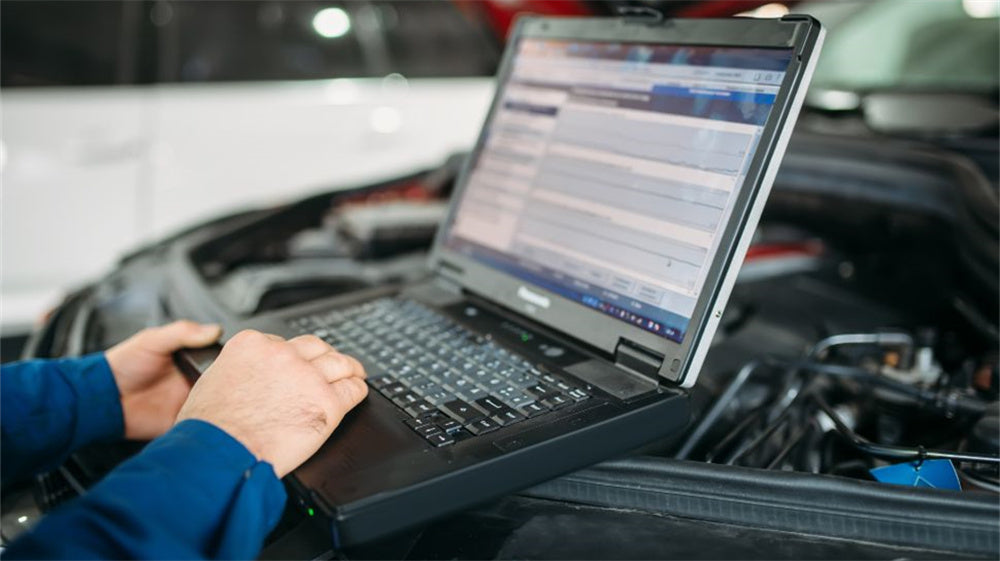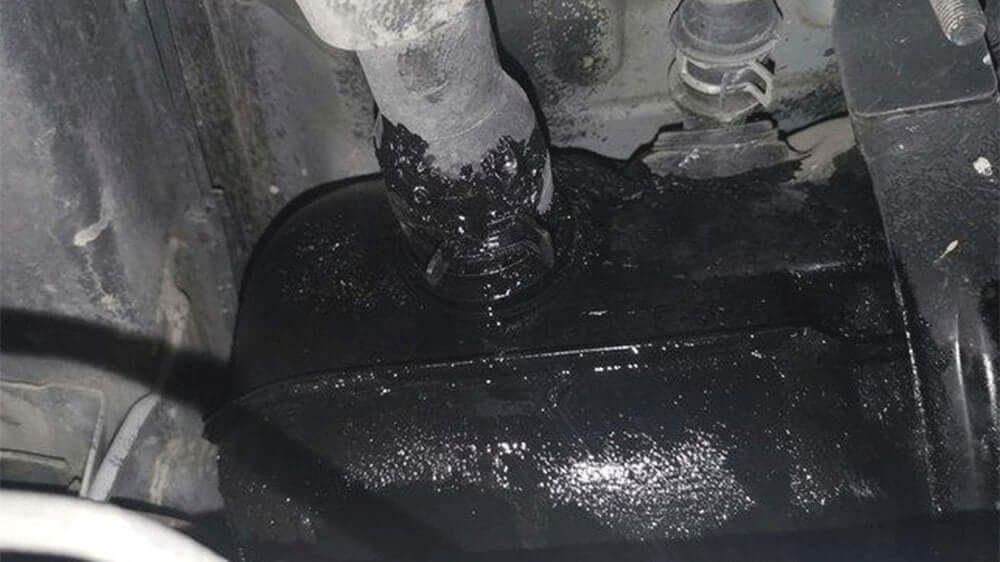
What is an Electric Vehicle(EV) Traction Battery
We all know that traditional gasoline-powered cars consist of four major components: engine, chassis, body, and electrical system. But do you know what major components comprise an electric vehicle (EV)?
An electric vehicle can be detailed into several main components, including traction battery pack, battery management system, power auxiliary facilities, electric motor, controller, chassis, body, and electrical components. Alternatively, it can be categorized into four major systems: electric motor drive system, chassis, body, and electrical system.
Today, let's start by discussing the knowledge related to the traction battery pack inside electric vehicles.

01 Definition
A traction battery pack serves as the power source (battery) for electric vehicles.
02 Structural Composition
The power in an electric vehicle comes from multiple battery cells. These cells are connected in series and parallel configurations, along with components such as control units, monitoring systems, and cooling systems, to form a complete traction battery pack.
-
Battery Cell: The smallest unit composing a traction battery pack.
-
Battery Module: Several battery cells connected in parallel welded together.
-
Battery Pack: Several battery modules or cells connected in series.
For instance, Tesla's electric vehicles use 18650 cells, with a single vehicle containing up to 7,000 such cells.

-
Cell Supervisory Circuit (CSC) System: Each battery cell has an internal CSC information collection system to monitor voltage, temperature, and other parameters of each battery cell or module.
-
Control Unit: The Battery Management Unit (BMU) is installed inside the traction battery pack to report voltage, current, temperature, etc., to the Vehicle Control Unit (VCU) and to control the traction battery according to VCU commands.
-
High Voltage Distribution Unit: Installed at the positive and negative output terminals of the traction battery pack, consisting of high-voltage relays, current sensors, pre-charge relays, and resistors.
-
Cooling System: Manages heat dissipation to keep the traction battery pack in optimal working condition.

03 Types of Traction Batteries
Currently, commonly seen traction batteries include lead-acid, nickel-metal hydride, fuel cell, and lithium-ion batteries.
1.Lithium Iron Phosphate (LiFePO4) Battery:
Pros: High safety, long lifespan, good high-temperature performance, large capacity, no memory effect, lightweight, environmentally friendly.
Cons: Low energy density, high battery production costs, low production yield, poor consistency.
2.Lithium-ion (Li-ion) Battery:
Pros: High energy density, long lifespan, high voltage rating, high power capability, low self-discharge rate, lightweight, environmentally friendly.
Cons: Safety concerns, inability to handle large current discharges, high cost, demanding manufacturing requirements, high overall cost, dangerous at high and low temperatures.
3.Nickel-Metal Hydride (NiMH) Battery:
Pros: High discharge current, high energy density (prolonged range), low heat generation.
Cons: Memory effect, prone to decay during charging and discharging (especially vulnerable to decay during overcharging and overdischarging).
4.Capacitor Battery:
Pros: High cycle count, long lifespan, strong environmental adaptability.
Cons: Low energy density, short driving range.
5.Fuel Cell:
Pros: High energy conversion efficiency, flexible installation points, quick response to load, strong overload capacity.
Cons: High cost, inconvenience in hydrogen storage.
04 Battery Package
Battery packs are primarily packaged in cylindrical cells, steel/aluminum-cased cells, or polymer pouch cells.
05 Battery Connections
Additionally, traction batteries can be connected using welding, screwing, or mechanical pressing methods.

-
Welding: Common methods include laser welding, ultrasonic welding, and resistance welding. This approach offers low resistance, low energy consumption, and higher energy utilization.
-
Screwing: Involves using screws to connect adjacent battery cells in series or parallel configurations. This method is often used in larger batteries for enhanced conductivity.
-
Mechanical Pressing: Relies on a narrow slit-type elastic conductive structure to directly grip battery terminals (both positive and negative). This method facilitates easier maintenance and higher recyclability rates.
06 Safety Tips of Traction Batteries
-
Avoid submerging or washing the traction battery pack with water.
-
Keep the traction battery pack away from fire, high-temperature environments, or prolonged exposure to direct sunlight.
-
Avoid placing the traction battery pack in environments with high static electricity or strong radiation.
-
Ensure correct polarity when connecting the positive and negative terminals of the traction battery pack.
-
Do not attempt to charge the traction battery pack forcefully (modern charging stations automatically cut off power when fully charged).
-
Avoid hitting, applying heavy pressure to, or colliding with the traction battery pack.
-
Do not dismantle discarded batteries privately or dispose of them arbitrarily.
07 Use and Maintenance of Traction Batteries
-
Before driving, check the instrument panel to ensure the battery system status is normal without any fault codes or warning icons.
-
Before driving, check the state of charge (SOC) of the battery (preferably above 50%; if below 30%, charge promptly).
-
During use, fully charge the battery at least once a week.
-
Perform a full charge-discharge cycle at least once a month. For DM (diesel-electric hybrid) models, discharge to 5%; for EV (electric vehicle) models, discharge to 15%~20%.
-
If a vehicle remains unused for an extended period, charge the battery to 100% before storage.
-
If storing for more than three months, recharge the battery again.

These points summarize my understanding of traction batteries in electric vehicles. Do any experts have additional insights or knowledge to contribute? I look forward to further learning together, aiming to deepen our understanding of electric vehicles, much like our knowledge of traditional combustion engine vehicles.















































































